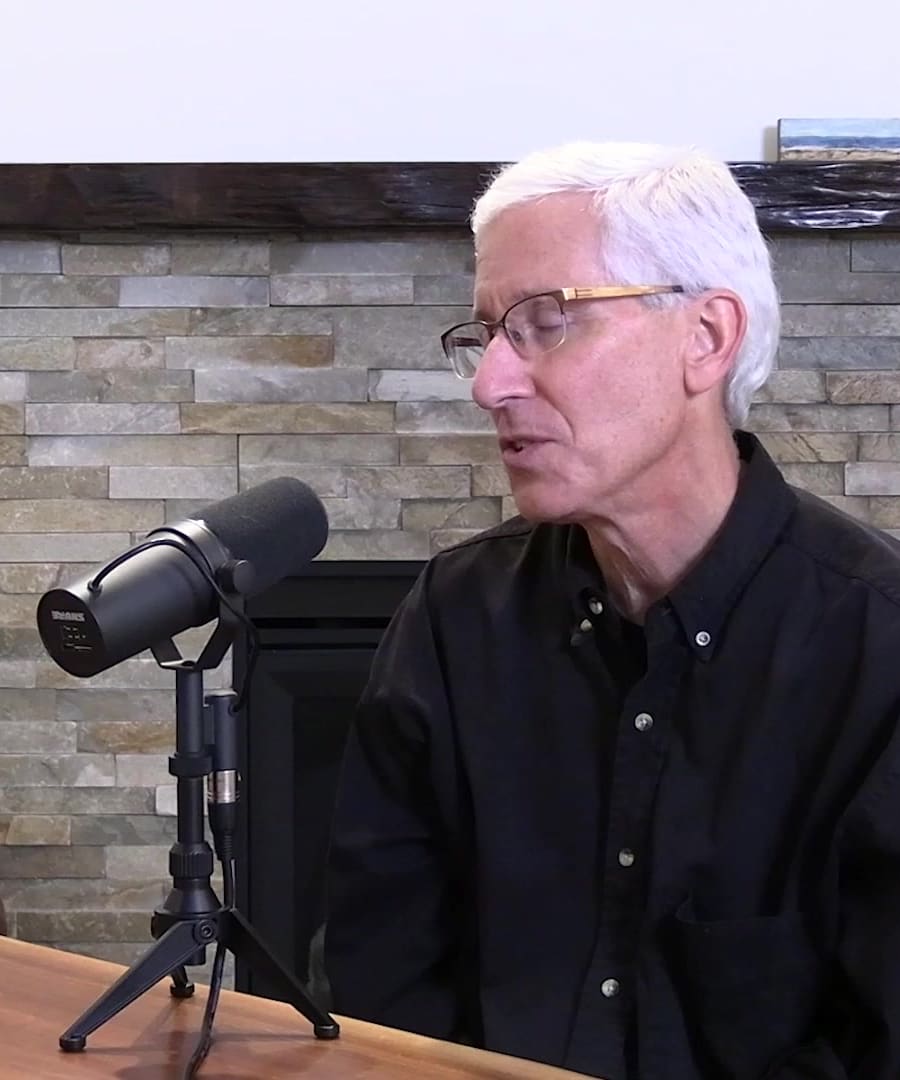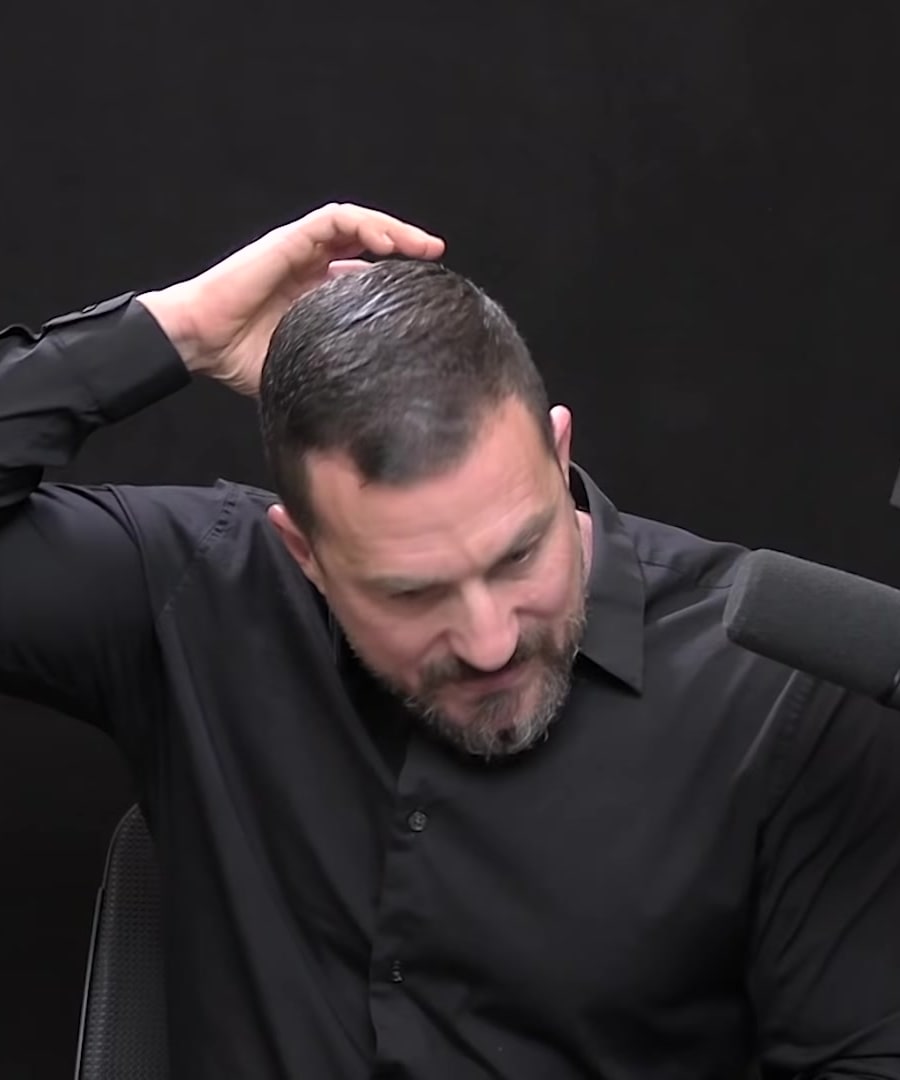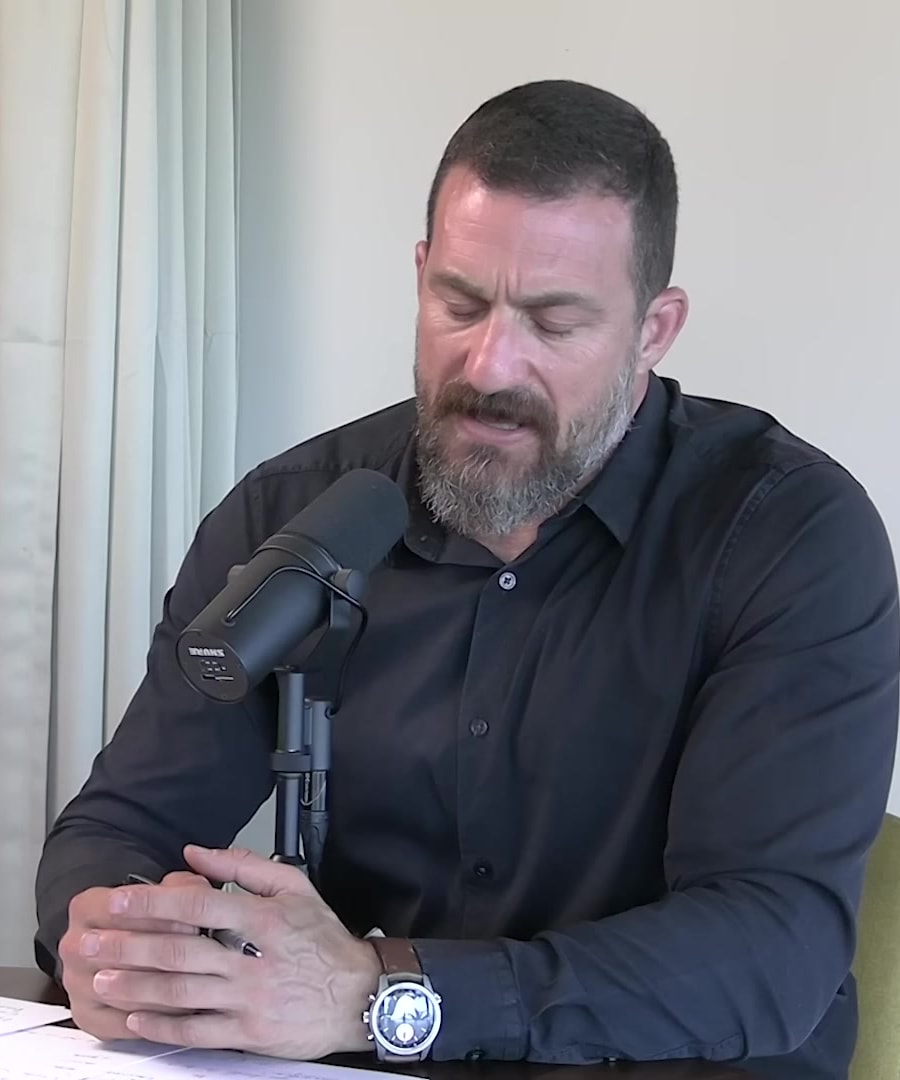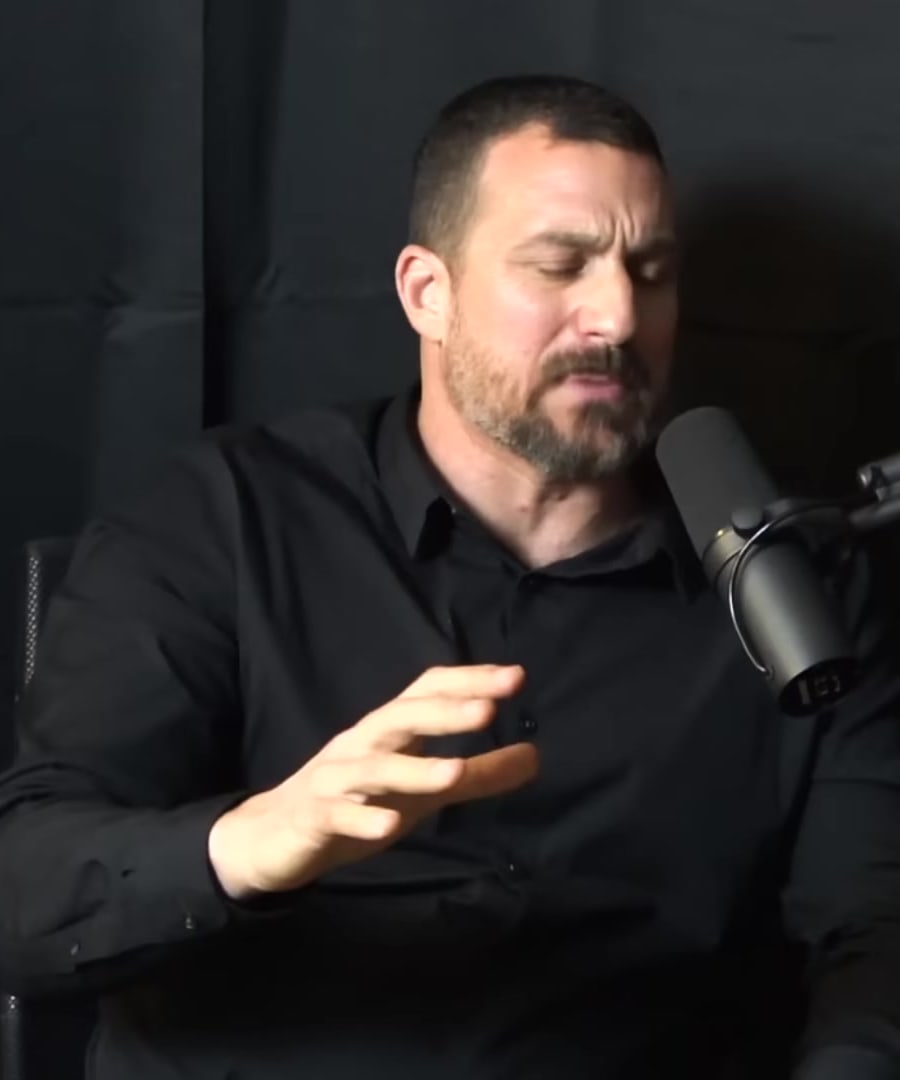Cerebellum in balancing techniques
Sources:
The cerebellum plays a critical role in balancing techniques by engaging with the vestibular system and overseeing the coordination and timing of movements. explains that to enhance balance, one must cultivate both the vestibular system and the sense of acceleration through dynamic movements across different planes. Activating the cerebellum while being tilted with respect to gravity, such as during forward acceleration on a skateboard or bike, exercises the vestibular system and improves one's physical balance 1.
Additionally, the cerebellum is described as being similar to an air traffic control system, coordinating movements and contributing crucially to motor learning. This precision in coordination and timing is essential for refining movements, and damage to the cerebellum can lead to difficulties in maintaining balance or executing complex motor tasks, known as cerebellar ataxia 2.
Furthermore, the cerebellum has strong links to areas of the brain that release neuromodulators such as serotonin and dopamine, which can influence mood and overall well-being. Engaging in activities that involve tilting and acceleration can have significant benefits, including enhancing physical balance and generating positive feelings 3. Disruption of the vestibular-motor relationship can activate neurochemicals in the brain, fostering a state conducive to learning and making the process of acquiring new skills more pleasurable 4.
RELATED QUESTIONScan Cerebellum balancing techniques help with dyslexia?
The has not provided specific information on whether cerebellum balancing techniques can help with dyslexia. Dyslexia is a learning disorder characterized by difficulties with accurate or fluent word recognition and by poor spelling and decoding abilities. While some theories have suggested a link between the cerebellum and dyslexia, this connection is not fully established and further research is needed to understand any potential benefits of cerebellar balancing exercises for dyslexia.
If the topic of cerebellar involvement in dyslexia or related therapeutic strategies is of interest, it’s advisable to consult research literature and professionals who specialize in neuroscience and learning disorders, as they might have the most current information on this topic.
RELATED QUESTIONSAre there any expert opinions on cerebellum balancing for dyslexia?
The does not appear to have provided expert opinions on the effectiveness of cerebellum balancing techniques for dyslexia. Since there are no clips available from the podcast discussing this topic, it suggests that this specific area has not been covered in the episodes released up to this point.
As dyslexia is a complex neurological condition, it's essential to rely on multidisciplinary expert opinions involving neuroscience, neurology, psychology, and education. For expert opinions on cerebellum balancing for dyslexia, it would be best to consult scientific research, clinical studies, and educational professionals who specialize in learning disorders and neurodevelopmental therapies.
RELATED QUESTIONSTreatment for dyslexia
Sources:
The features expert discussing dyslexia and its treatment in an episode with . Dr. Eddie Chang explains that dyslexia can result from difficulties in mapping visual words to speech sounds in the brain. This neurological condition often involves challenges with phonological awareness, which might not always be easy to detect since the brain compensates for unclear individual speech sounds 1.
Modern treatments for dyslexia may address both the visual and speech aspects of reading. Proficient readers need to map the vision to sound to establish a foundation; however, as they become more skilled, they develop a route that connects reading directly to the language parts of the brain without always needing that sound mapping 1.
While the podcast doesn't offer a comprehensive list of current treatments for dyslexia, Dr. Huberman also touches on the broader topic of neuroplasticity, which is the brain's ability to change and adapt. He advocates for leveraging neuroplasticity mechanisms to improve learning for individuals with developmental conditions like dyslexia 2. Therefore, treatments for dyslexia often include tailored education programs that focus on improving these neural pathways involved in language processing.
For more detailed information regarding treatment, it would be beneficial to consult professionals in education, cognitive therapy, and neuroscience who specialize in dyslexia.
RELATED QUESTIONS
Cerebellum in balancing techniques
- RELATED QUESTIONS
can Cerebellum balancing techniques help with dyslexia?
- RELATED QUESTIONS
Are there any expert opinions on cerebellum balancing for dyslexia?
- RELATED QUESTIONS
Treatment for dyslexia
- RELATED QUESTIONS





